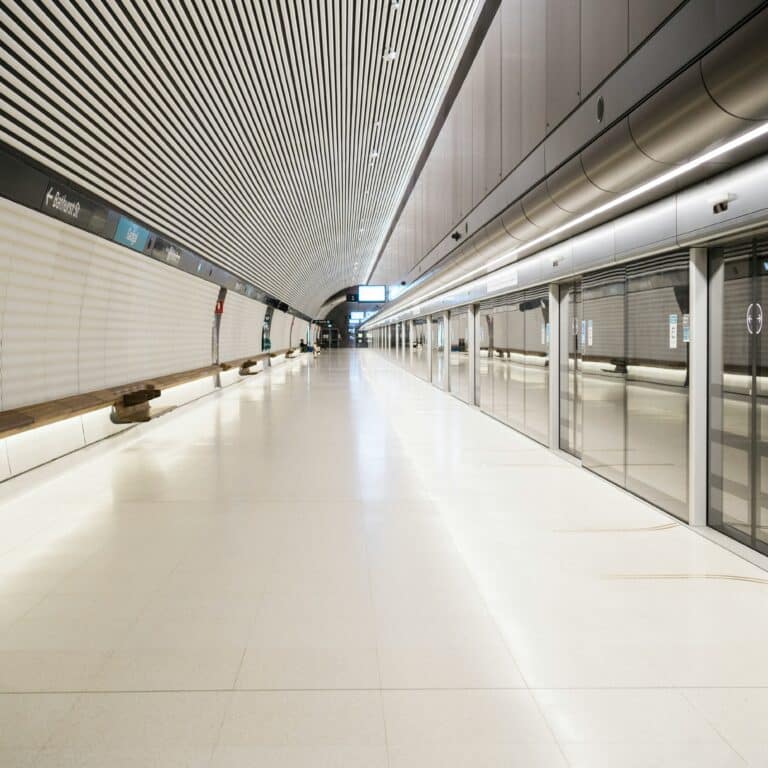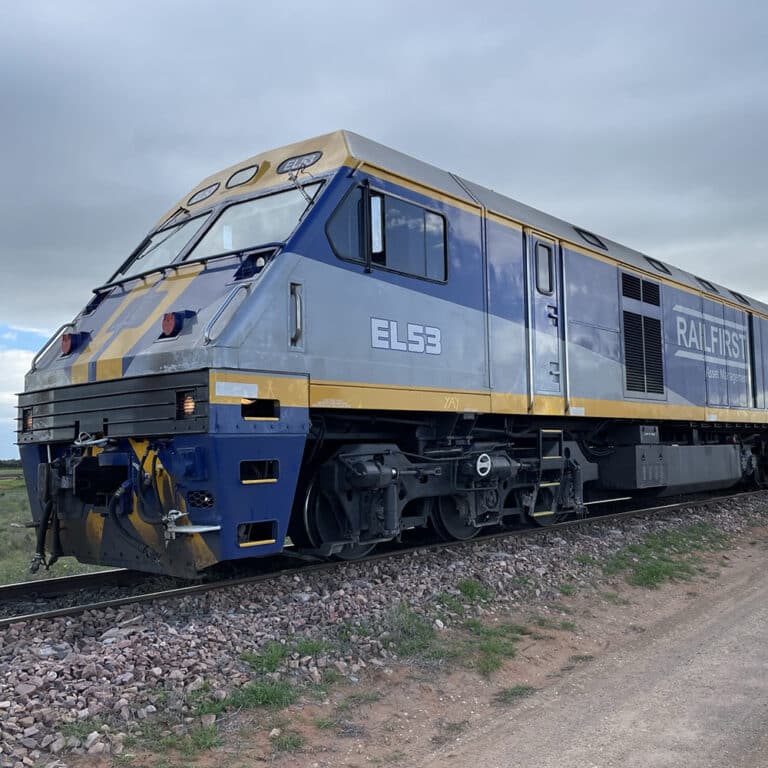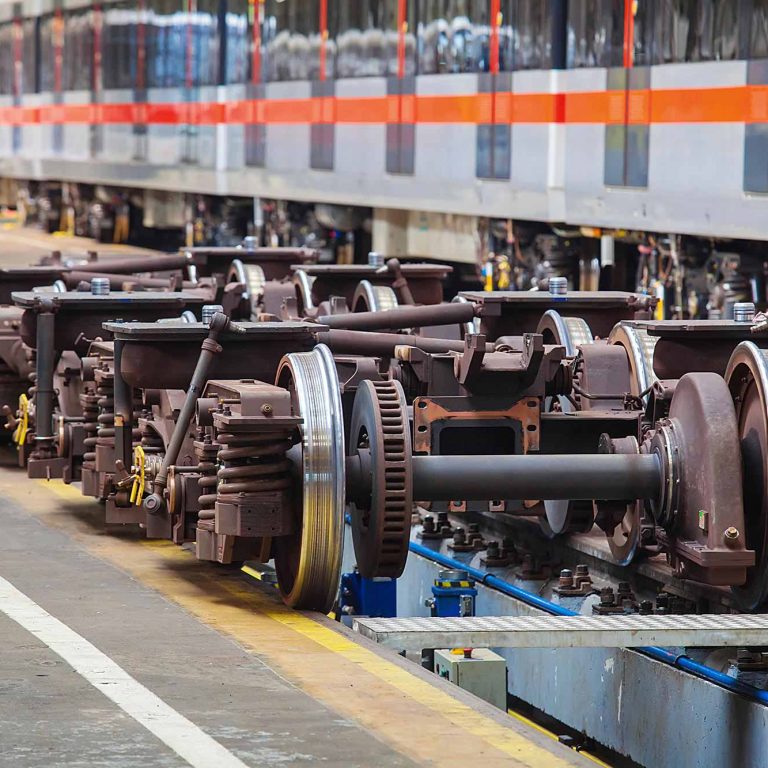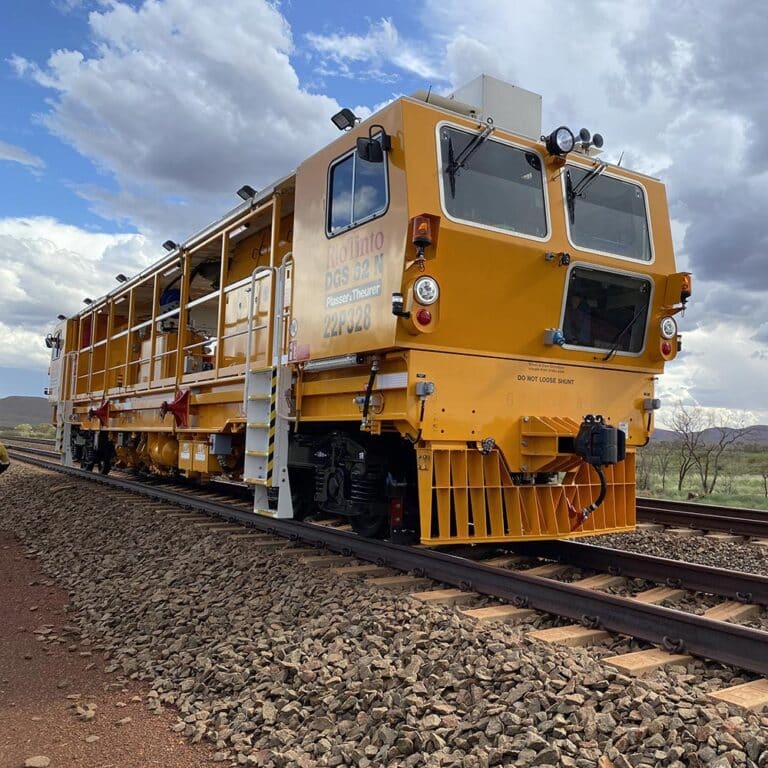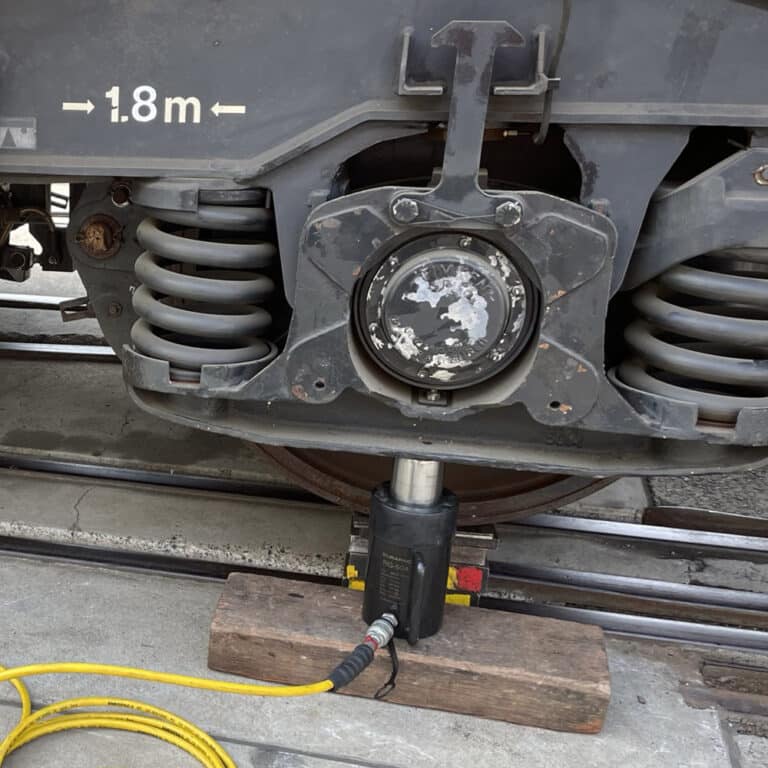1. A lack of documentation and due diligence in vehicle procurement
Documentation detailing the performance and characteristics of the vehicle is not merely a formality; it’s a crucial element for ensuring traceability and accountability throughout its lifecycle.
In aviation, there is a saying that once the paperwork equals the mass of the plane then the plane is safe to fly.
While the rail sector isn’t quite as rigorous, it is rightly becoming increasingly diligent with documentation to ensure safe operations and compliance throughout an asset’s lifecycle.
This can be difficult to attain for legacy rolling stock, but all modern rolling stock should have documentation that describes its structural capacity, brake performance, and dynamic behaviour to name a few, given our ability to maintain digital records.
Engaging with certifying engineers early in the procurement process is essential for identifying potential design flaws or compatibility issues. It’s far easier and more cost-effective to address these issues in the design phase than to rectify them after fabrication.
2. Determining network equivalence uncritically
When rolling stock needs access to other networks, existing registration evidence may not be sufficient evidence. Why?
Because each Australian network has different interface requirements, the evidence may not directly transfer.
In fact, the only commonality between networks may be the track gauge. This can be a frustrating reality for the rolling stock owner, as new testing is often a necessary step.
Companies must invest to establish if the existing network is equivalent to the new network and if previous evidence is at all applicable.
However, changing networks is also an opportunity to confirm systems and performance.
While this may incur initial costs, it’s ultimately an investment in safety and operational integrity, mitigating against more severe issues such as derailments or contractual breaches.
3. European and American standards are not Australian Standards
Whilst many Australian standards reference European and American standards, especially for components such as bogies and wheelsets, the use of European and American standards as a precedent for vehicle compliance to a local network is not applicable.
Equivalence between the respective international and local standards must therefore be demonstrated.
For example, you cannot use American dollars in Australia despite both currencies being referred to as dollars.
Each network has its own specific requirements. Take twist profiles. A twist profile on the PTA network is much less severe than the twist profile on the QR network despite both being narrow gauge.




